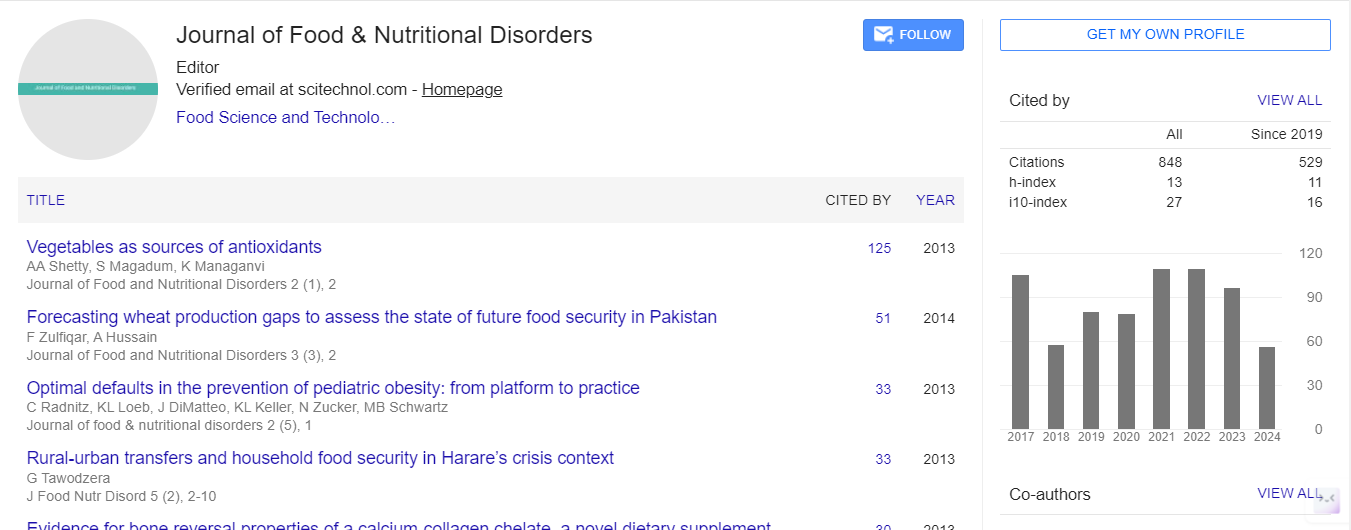Ergastic crystals in plant based food: An anti-nutrient
Justin R Nayagam and Thara K Simon
Union Christian College, India
: J Food Nutr Disor
Abstract
Land resources are blessed with numerable plants, with multifarious use. In many useful plant parts ergastic crystals are in the form of calcium oxalate crystals, which is an anti-nutrient as the dietary oxalates contributes to human ailments. Several of the medicinally useful plants contain these crystals and consumption of such plant materials afresh can cause problems in humans. Ergastic crystals can be an important diagnostic tool for the identification of raw drug as in Costus pictus a medicinal spiral ginger is devoid of cuboidal crystal but its related Costus speciosus leaves possess characteristic cuboidal shaped crystal in its leaf mesophyll. Gene manipulation technology may be promising in removing such deleterious genes or introduction of altered biochemicals to nullify such effects for the future generation. For the sake of consumption of various plants with diverse phytocombinations processing of various levels is suggestive. Modern evaluation of traditional methods has been largely lacking but from knowledge of known ingredients and limited published work, one can infer that heating, boiling, frying, baking, battering, mashing, fermentation and sun drying, likely work by neutralization of cysteine proteases or through release of raphides from idioblasts or both. Neutralization of calcium oxalate remains a bigger health question than the neutralization of specific crystal form of raphides. Discovery of fungi and bacteria that can break down calcium oxalate and plant genes that regulate calcium oxalate formation have all offered hope and some initial promising results in genetic engineering to counteract calcium oxalate toxicity.
Biography
E-mail: justinr@uccollege.edu.edu.in
 Spanish
Spanish  Chinese
Chinese  Russian
Russian  German
German  French
French  Japanese
Japanese  Portuguese
Portuguese  Hindi
Hindi 
